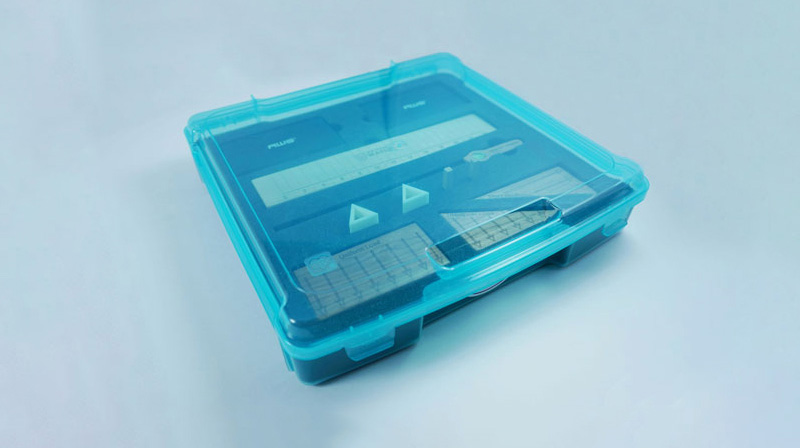Overview
Well-designed physical models can substantially enhance the experiential component of engineering education. At a time when many children played more with computer games than physical objects, there is a particular need for mechanics instructors to impart a “gut feel” about mechanical forces and the physicality of structural elements. They also need to instill a connection with the real world, where consequences are real and often irreversible, unlike the virtual worlds of computer games, where humanoids jump 3 stories and are restored from mortal wounds by a keystroke.
The models presented here allow students to feel forces and develop a “gut feel” for mechanics. They also serve as a kind of “analogue computer,” providing instantaneous feedback about the suitability and stability of proposed designs. In addition, they provide a setting within which students can play, explore geometric and mechanical relationships, envision and test designs of their own making, and correct and strengthen their intuition about mechanics.
Most of the models are designed to challenge common misconceptions (see underlined text in the Table below), such as “a semi-circle makes a good arch design” or “a square shape makes a good culvert design”. Many raise implicit questions about construction, such as, “How do you build a long bridge when you can only support it at its ends?” or “In what order should the components of a Gothic cathedral be assembled?” When students have asked questions and had their intuitions challenged, they tend to become interested in the theory needed to explain the enigmatic things they have observed.
The Activities were designed so that students would enjoy them, and so that they were generally straightforward, but with occasional intellectual challenges to maintain the interest of more advanced students. They were also designed bearing in mind that, “If the students are swearing at the equipment or instructions, they are no longer learning.” We also wanted to inspire the students with structures made of beautiful materials and having graceful form.

Course Outline
Many of the models and their associated Activities were designed in support of a half-weight course (1.5 lecture hours and 1 tutorial hour per week for 13 weeks) taught in the first term of a 5-year engineering program consisting of 8 academic terms and 6 co-op employment terms. The course was intentionally wrapped around the following elements:
| Timing | Activity | Rationale and Intuition Challenge |
|---|---|---|
| Lecture 1 | Block Stacking |
|
| Tutorial 1 | Beam Reactions |
|
| Weeks 5 & 8 | One of the following: | |
| Point Equilibrium |
|
|
| 3-Force Body |
|
|
| Arches |
|
|
| Suspension Bridge |
|
|
| Culverts and Dams |
|
|
| Silos and Retaining Walls |
|
|
| Gothic Cathedral |
|
The week-5 Activity was reported in the form of a five-page written report while the Week-8 Activity was reported in the form of a three-minute YouTube-style video.